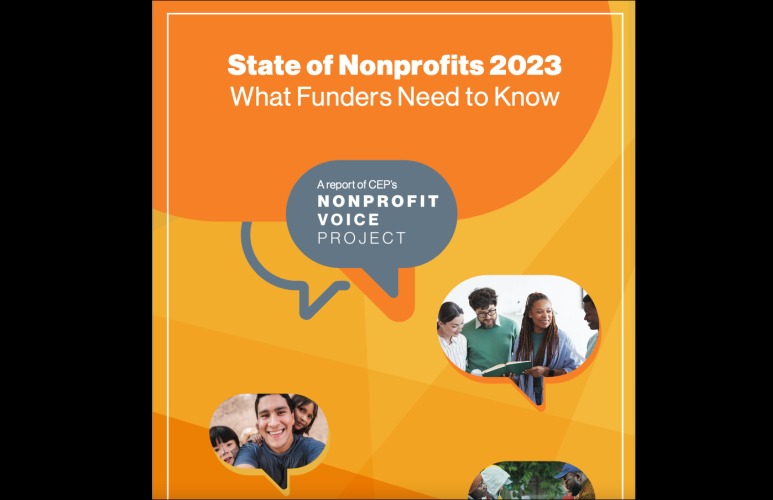Nonprofits entered this year on a more positive financial footing that many leaders initially feared during the pandemic and the high inflationary period that followed. Many also are continuing to enjoy the fruits of an increased level of trust from funders whose philanthropic giving proved vital in tiding them over these last few years.
However, persistent concerns about staffing retention and burnout remain a top challenge for organizational leaders.
The Center for Effective Philanthropy (CEP) in Cambridge, Massachusetts released findings on Wednesday via its State of Nonprofits 2023 report. Researchers for the organization compiled the 24-page white paper from responses provided by leaders of 284 foundation-funded nonprofits.
Encouragingly, despite economic challenges, more than half of nonprofits (55%) ended last year with a surplus and another 22% had a balanced budget. Most leaders expect the financial outlook to remain positive with 46% expecting their organizations to break even financially and 23% anticipating a surplus this fiscal year.
“The financial outlook for our respondents was better than might be expected in light of the economic context,” wrote the authors. “Less than one fourth (22%) had a deficit last year, and a similar proportion (23%) anticipate a deficit for this year.”
For those reporting a surplus, higher than expected foundation revenue was the most frequently cited contributor with lower-than-expected costs and higher than expected individual giving also playing a role. The increased foundation support has been accompanied by what many nonprofit leaders say has been an increase in trust-based philanthropy including streamlined grant application processes, removal of restrictions on the use of grants, and receipt of multi-year funding from foundations.
“In the past year, more than half of nonprofit leaders surveyed experienced easier application processes and reduced reporting requirements from at least some of their foundation funders,” wrote the authors.
Many of these changes in funder practices were initiated at the start of the pandemic in response to the unprecedentedly high demand for services but have remained in place, enabling organizations to maximize their focus on mission delivery. “While some have expressed concern that changes in funder practices would be short-lived, our data indicate continued positive change in relationships between funders and nonprofits,” the authors wrote.
Staffing-related issues continue to cloud the picture with three-quarters of nonprofit leaders reporting difficulty filling staff positions during the past year and 46% reporting “some to a lot of difficulty.” The challenges of hiring and retention aren’t new, and many leaders have attempted to compensate by managing staff capacity more proactively to avoid burnout. However, external factors connected with the economy have compounded the challenges of pay equity and of raising salaries sufficiently to retain staff even as some organizations now are seeing a rising demand for services.
Research for this report was compiled as part of CEP’s Nonprofit Voice Project, which is designed to elevate the perspective of nonprofit leaders on crucial issues. CEP itself has a research-focused mission aimed at gathering and providing comparative data to enhance high-impact philanthropy. “In future Nonprofit Voice Project research efforts, we will continue to explore these and other key issues and challenges facing nonprofit leaders,” the authors wrote.









